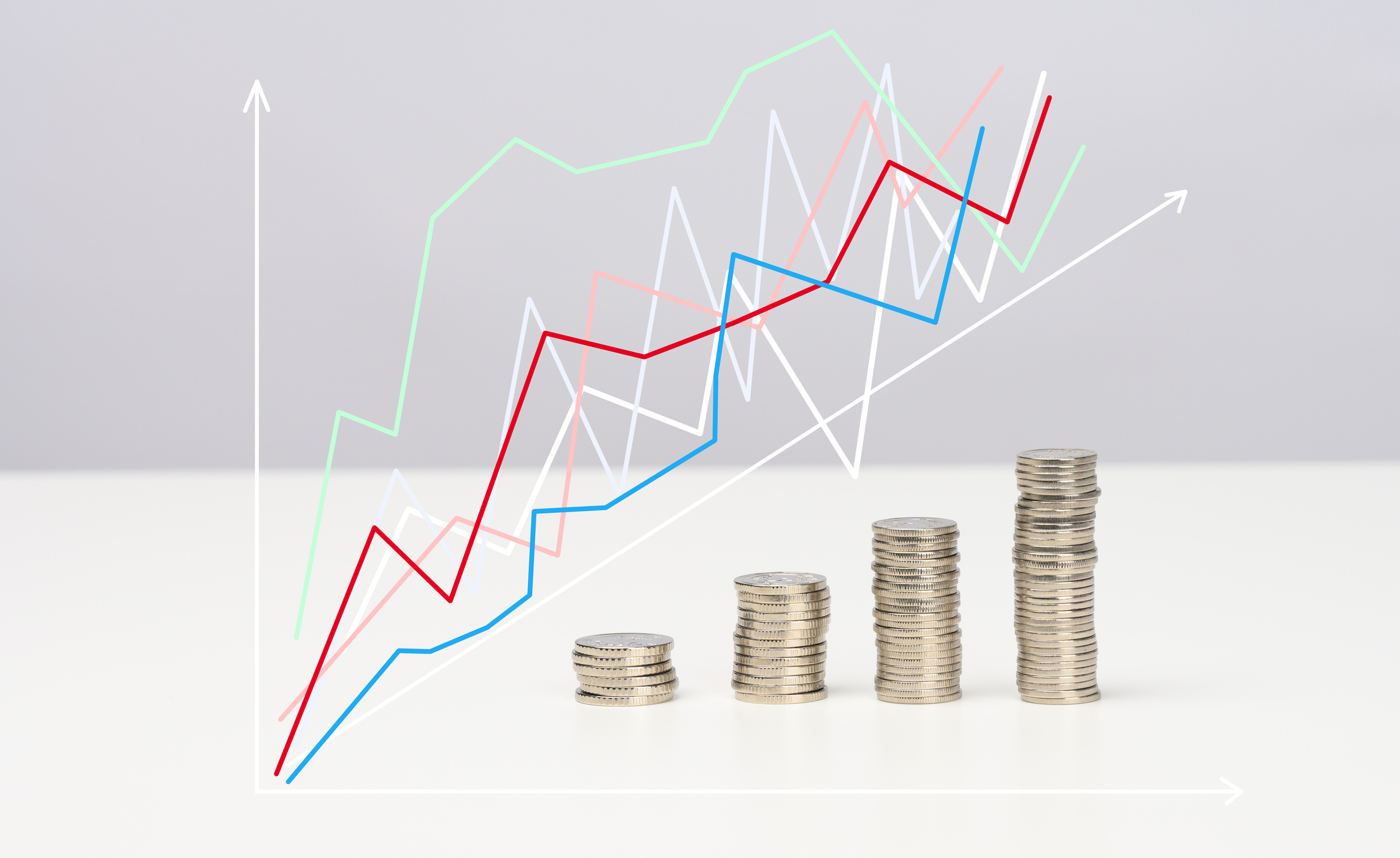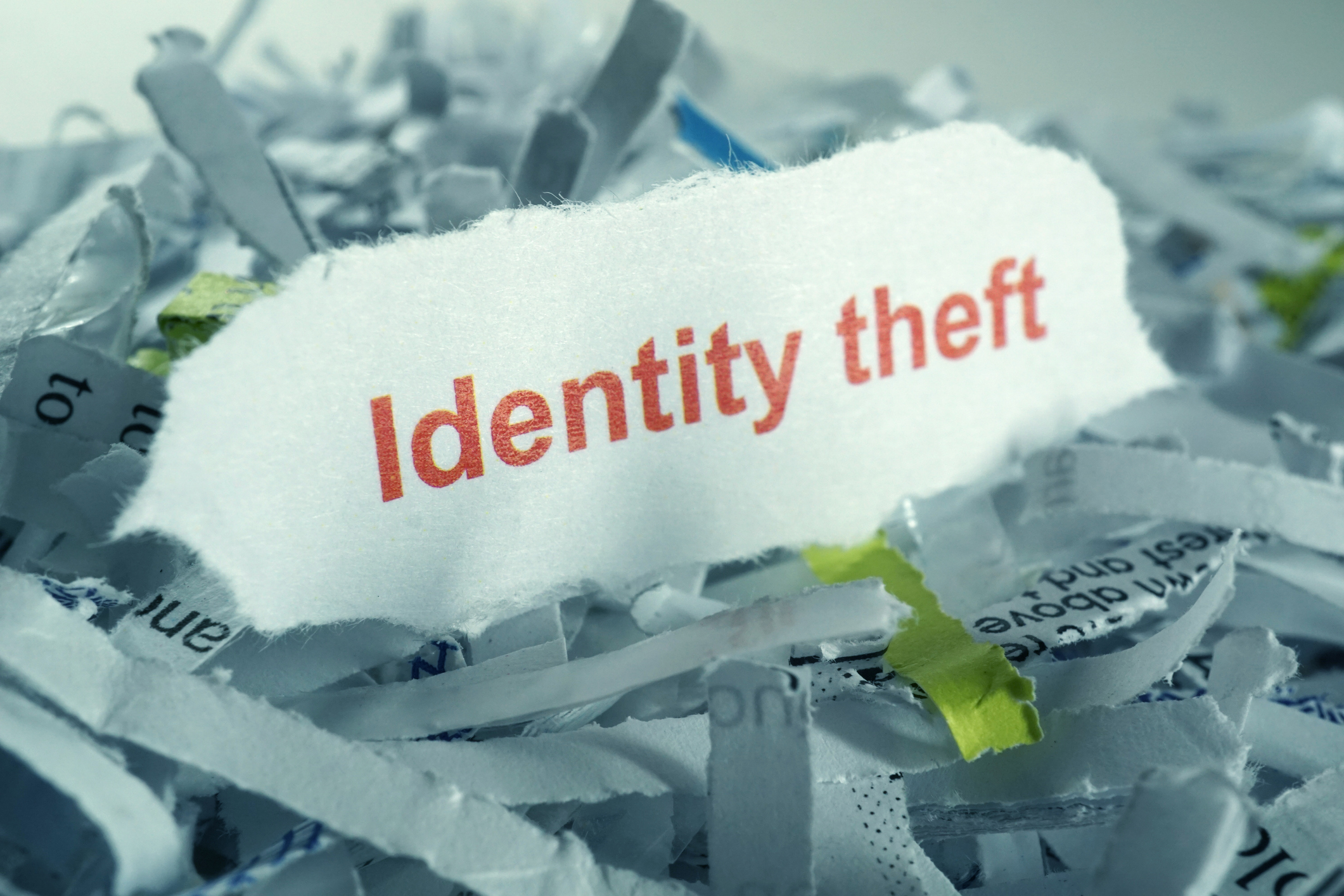Taking a Fresh Look at Bankruptcy
Jun 11, 2021
Oh, the shame of bankruptcy. It’s a negative action that caps off a failure — or so we often think of it. But do we really need to treat bankruptcy as something awful? In the fiscal year ending June 30, 2020, U.S. courts saw 682,363 business and non-business bankruptcy cases. The factors that drive a business or individual to file bankruptcy vary, but they almost always include an unexpected turn of events that created inordinate financial difficulty. Life is unpredictable, and leading a business is challenging, to say the least. U.S. Small Business Administration data indicates that around half of new businesses don’t make it through their first five years, and only about one-third survive for ten years. Looking at those figures is enough to discourage entrepreneurs from ever giving it a shot! But try they do, and that’s a good thing. Without entrepreneurs willing to risk failure, there could be no innovation, no growth — and not many jobs, either. Amazon would never have happened, nor IBM or Pfizer, or any of the other companies that transform lives and economies. And for every Amazon, IBM, and Pfizer, there are countless bankruptcies representing other ideas and companies that didn’t make it through the early years.
Common Types of Bankruptcy
In a world of economic uncertainty where risk is a necessity, bankruptcy is an essential tool that allows both businesses and individuals to wipe the slate clean and begin anew. The process can take different forms depending on which type of bankruptcy is filed.
- Chapter 7 bankruptcy is available to individuals and businesses. Individuals who file Chapter 7 can eliminate personal debt that is beyond their financial capacity to pay based on current income and available assets. Some assets are considered exempt, while others must be liquidated. The proceeds are used to pay a portion of the debt, and the remaining amount due is discharged by the court. For businesses, no assets are exempt under Chapter 7. The business must close, and revenue from the sale of all business assets goes toward business debts, with creditors paid in order of priority.
- Chapter 13 bankruptcy is for personal use only. Unlike Chapter 7, which eliminates unpayable debts, Chapter 13 restructures debt to make it more manageable. The court must review and accept a proposed budget that allows filers to meet basic expenses while repaying a portion of the outstanding debt over three or five years. Chapter 13 also requires nonexempt assets to be liquidated toward debt repayment. After successful completion of the court-approved payment plan, the debts are discharged.
- Chapter 11 bankruptcy is a restructuring of business debt. Under certain circumstances individuals may also file Chapter 11, but this is rare. Filing Chapter 11 triggers an automatic stay that prevents creditors from taking legal action against the business, including seizing property used to secure the debt. The business can then negotiate a court-approved payment plan with creditors to discharge the debt over three to five years while remaining in operation. In some situations, operations continue under the supervision of a court-appointed trustee.
- Subchapter 5 (the Small Business Reorganization Act of 2019) allows smaller companies and individuals to reorganize business debt without the substantial time, expense, disclosures, and creditor approval required for a regular Chapter 11 case. Under Subchapter 5, small businesses can use a simplified reorganization process to discharge secured debt over three to five years with a court-approved plan while keeping the doors open. This subchapter can also allow business owners to eradicate some unsecured debt, but they must contribute all disposable income toward these obligations throughout the plan’s lifetime. A trustee will advise the court about the plan and monitor the business while the plan is in place.
Seek Advice Before Filing
Sometimes things simply don’t work out despite solid planning, hard work, and sound management. That’s when bankruptcy can provide enough room to turn around a challenging situation — or offer a clean slate and an opportunity to start over, assuming the debt is dischargeable. Always seek advice from an experienced financial professional before moving forward. Filing bankruptcy isn’t always the answer, and it may not be the only solution to your financial situation. If the conditions that led to unmanageable debt remain in place, then the problem is likely to return even after bankruptcy. It’s also important to understand that certain types of debt, such as student loans, are very difficult or impossible to discharge under the U.S. Bankruptcy Code. When bankruptcy makes sense, there’s no need to feel guilty about making the choice to file. If you are considering any type of bankruptcy, contact your CRI financial advisors.































































































































































































































































































































































































































































